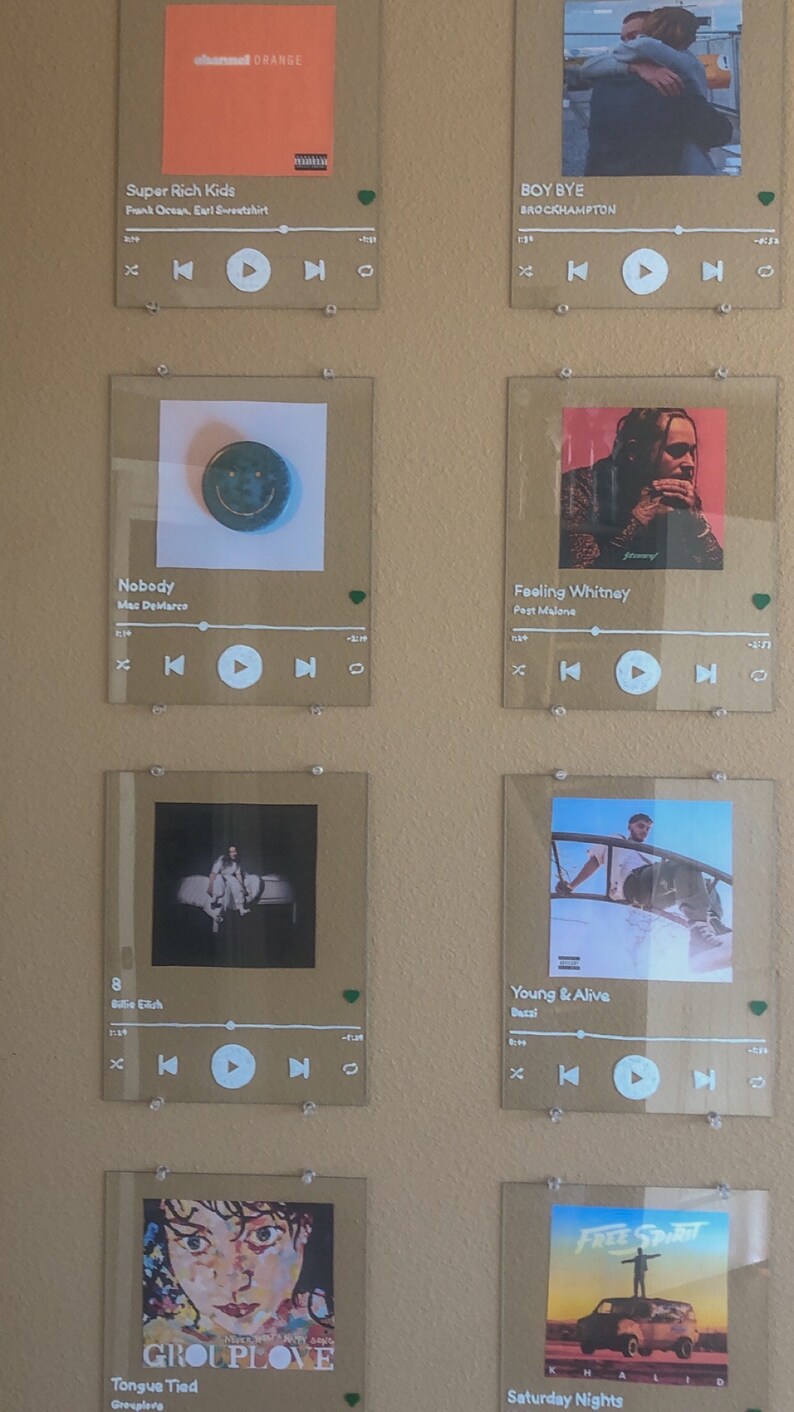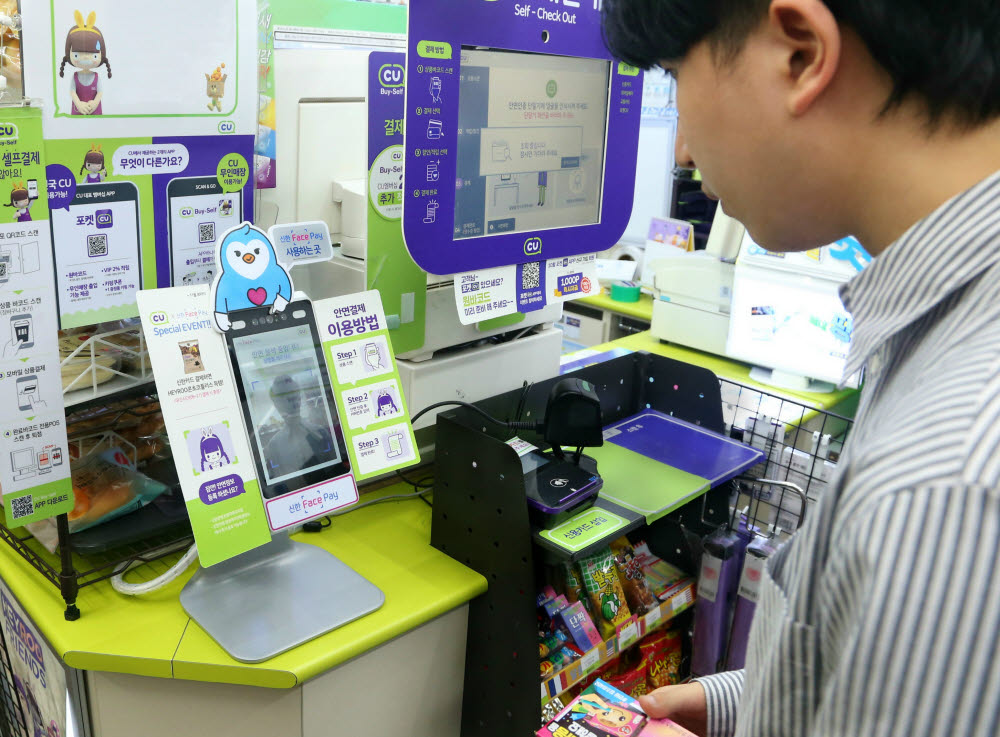Pay Face Card
The only time you'll pay a fee is if you miss a payment. You'll be charged $7 for the first day a payment goes unpaid and an additional $7 if your payment is a full seven days late. If you think you can't make a payment by its due date, contact Quadpay ahead of time and explain the situation. Sections of this page. Accessibility Help. Press alt + / to open this menu alt + / to open this menu. Login here to your American Express Account, Create a New Online Account or Confirm you received your New Credit Card, Log In to Your Account, credit card, amex.
Businesses want streamlined operations and maximum productivity, but sometimes these improvements come at a cost. Payment processing is so synchronized with daily operational costs that the service is easy to overlook as it as a major expense. Fraud liability also plays a role in defining profit margins, so it is important to know how to minimize risks and maximize potential profits. Whether or not the card is present during transactions is one of the biggest factors in determining some of these costs and risks.
What Is a Card Present Transaction?
A card present transaction is one in which the customer physically interacts with payment machinery using his or her card. This can include swiping a card with a magnetic strip, inserting a card with an EMV chip or tapping a mobile device with the card loaded to a digital wallet. Any transaction manually keyed into a credit card machine does not count as a card present transaction, even when the card is physically present. In order to qualify as a card present transaction, the merchant must capture electronic data stored on the card.
What Is a Card Not Present Transaction?
All e-commerce transactions are card-not-present transactions. Phone or catalog orders also fall under the card not present heading. Some businesses use card-not-present transactions almost exclusively, even when it is not necessary. Mobile payment solutions make it quick & convenient for service providers to collect payment information, even when on the go.
Why Is Card Present Better for Business?
When possible, a card present transaction is always the better choice for a business because it reduces risk and cost per transaction. Every card-not-present transaction carries a higher processing fee. When all transactions fall under that heading, the cost can add up quickly. Of course, cost is not the only reason to prefer card present transactions.
Other Benefits of Card Present Transactions
Security is a top concern for both businesses and consumers. When credit card information is provided over the phone, businesses are responsible for securing that information. Failure to keep personal financial information secure can have very expensive repercussions for businesses. When processing transactions using a terminal, whether in-store or via a mobile system, customers retain control of their card and card data, reducing the security burden on businesses.
Liability issues for fraud also come into play. With card-not-present transactions, businesses will have a more difficult time handling chargebacks. After all, the first thing most processing companies will ask for is a signed copy of the receipt. Digital capture makes this easy to provide unless the transaction occurred remotely.
Why Accept Card-Not-Present Transactions?

Since card present transactions are safer, less likely to result in a chargeback and cost less, why should businesses accept card-not-present transactions? With more and more retail spending heading to digital channels, businesses without an online presence are finding it more difficult to grow market share. Virtually all transactions completed through the web, social media or other digital avenues rely on card-not-present transactions to close the sale. Yes, the fees are slightly higher, but the added flexibility helps offset the additional risks.
Both types of transactions have a place in today’s selling landscape. For businesses with routine face-to-face contact with customers, card present transactions should be the norm. When they are not, mobile payment solutions allow businesses to bring terminals to their customers, minimizing the number of card-not-present transactions processed.
Pay Face Cards
Apple Pay is easy and works with the Apple devices you use every day. You can make contactless, secure purchases in stores, in apps, and on the web. And you can send and receive money from friends and family right in Messages. Apple Pay is a safer way to pay, and even simpler than using your physical card.
Apple Card
The simplicity of Apple.
In a credit card.
Get 2% Daily Cash back when you
use Apple Card with Apple Pay.
The easiest way to pay in stores.
Using Apple Pay with your iPhone or Apple Watch is quick and secure. It’s a safer way to pay that helps you avoid touching buttons or exchanging cash.
See how to make a contactless purchase in stores with Face ID.
See how to make a contactless purchase in stores with Touch ID.
Use Apple Pay wherever you see one of these symbols.
The easiest way to pay
within apps.
Use Apple Pay on the App Store to buy apps and games, or within apps to pay for a ride, a pizza delivery, or a new pair of sneakers — with just a touch or a glance. You can also use Apple Pay for a subscription to Apple Music, Apple News+, and Apple Arcade. Or for upgraded iCloud storage and other Apple services.
The easiest way to pay on the web.
When you’re making purchases on the web in Safari on your iPhone, iPad, or Mac, you can use Apple Pay without having to create an account or fill out lengthy forms. And with Touch ID on MacBook Air and MacBook Pro, paying takes just a touch and is quicker, easier, and more secure than ever before.
The easiest way to send and receive money.
Pay Face Card Game
You can use Apple Pay to pay and get paid right in Messages, or by asking Siri. There’s no app to download, and you can use the cards you already have in Wallet. Send money for books to your son in college. Split a bill. Chip in for a gift. Send and receive from across the table — or across the country.
Sending money is as simple as sending a message.

Use your debit card with just a touch of your finger or by asking Siri.
- Send Mike
- Get paid
- Send Lisa
- Request
- Send Nick
- Send Erika
- Send Mike
- for ride
- for
- for rent
- from Mom
- for lesson
- for bday
- for ride
Get paid and use the cash. All with Apple Pay.
When you receive money, including Daily Cash from purchases you make using Apple Card, it’s added to your Apple Cash card that lives in the Wallet app.2 You can start using the cash right away with Apple Pay in stores, in apps, and on the web. You can also transfer your Apple Cash balance to your bank account.
The easiest way to get around town.
Apple Pay already makes riding trains and buses simple in cities like Chicago, New York, Portland, Tokyo, Shanghai, Beijing, and London. You’ll breeze through the turnstiles just by holding your iPhone or Apple Watch up to the reader.
Privacy and security. With each and every payment.
The safer way to pay.
When you make a purchase, Apple Pay uses a device-specific number and unique transaction code. So your card number is never stored on your device or on Apple servers, and when you pay, your card numbers are never shared by Apple with merchants.

Keep your purchases private.
When you pay with a debit or credit card, Apple Pay doesn’t keep transaction information that can be tied back to you. And when you use Apple Cash, information is stored only for troubleshooting, fraud prevention, and regulatory purposes.
Find it all in Wallet.
Apple Cash and your credit and debit cards are in the Wallet app along with boarding passes, tickets, rewards cards, and more. You can also add your student ID card to Apple Wallet to access places like your dorm and the library, or to pay for things like laundry and snacks on campus. Apple Pay works with most credit and debit cards from nearly all U.S. banks. Just add your participating cards to Wallet and you’ll continue to get all the rewards and benefits of your cards.
Setting up Apple Pay is easy.
Get started by adding your debit and credit cards to your iPhone, iPad, Apple Watch, or Mac.
Learn how to set up Apple PayAccepting Apple Pay is easy.
Apple Pay is easy to set up and gives your customers a simple and secure way to pay and donate with the devices they use every day. If you already accept credit and debit cards, simply contact your payment provider to start accepting Apple Pay. Visit About Apple Pay for merchants to get more information, or contact merchant support.
Let your customers know you accept Apple Pay.
It’s easy to let your customers know you accept Apple Pay. Download the Apple Pay mark to use within email, on your terminal screen, and on your website. Order Apple Pay decals to put on your storefront window and register.